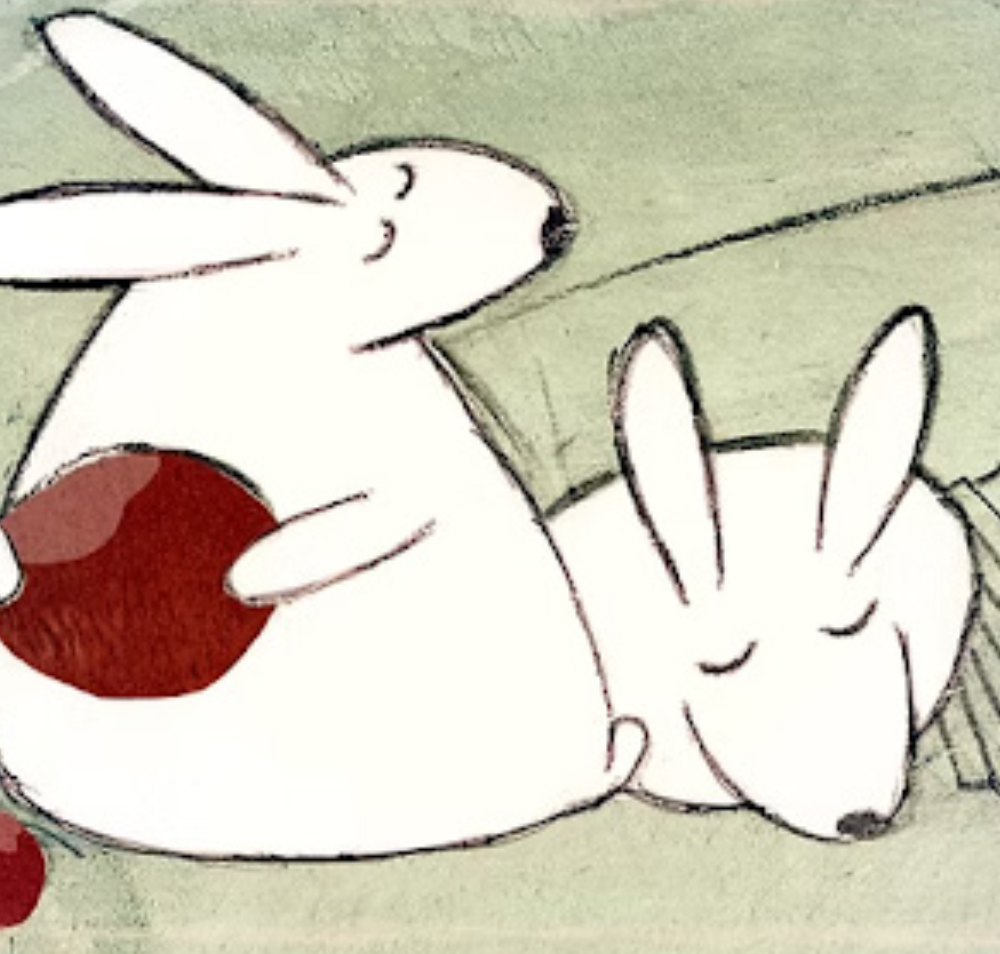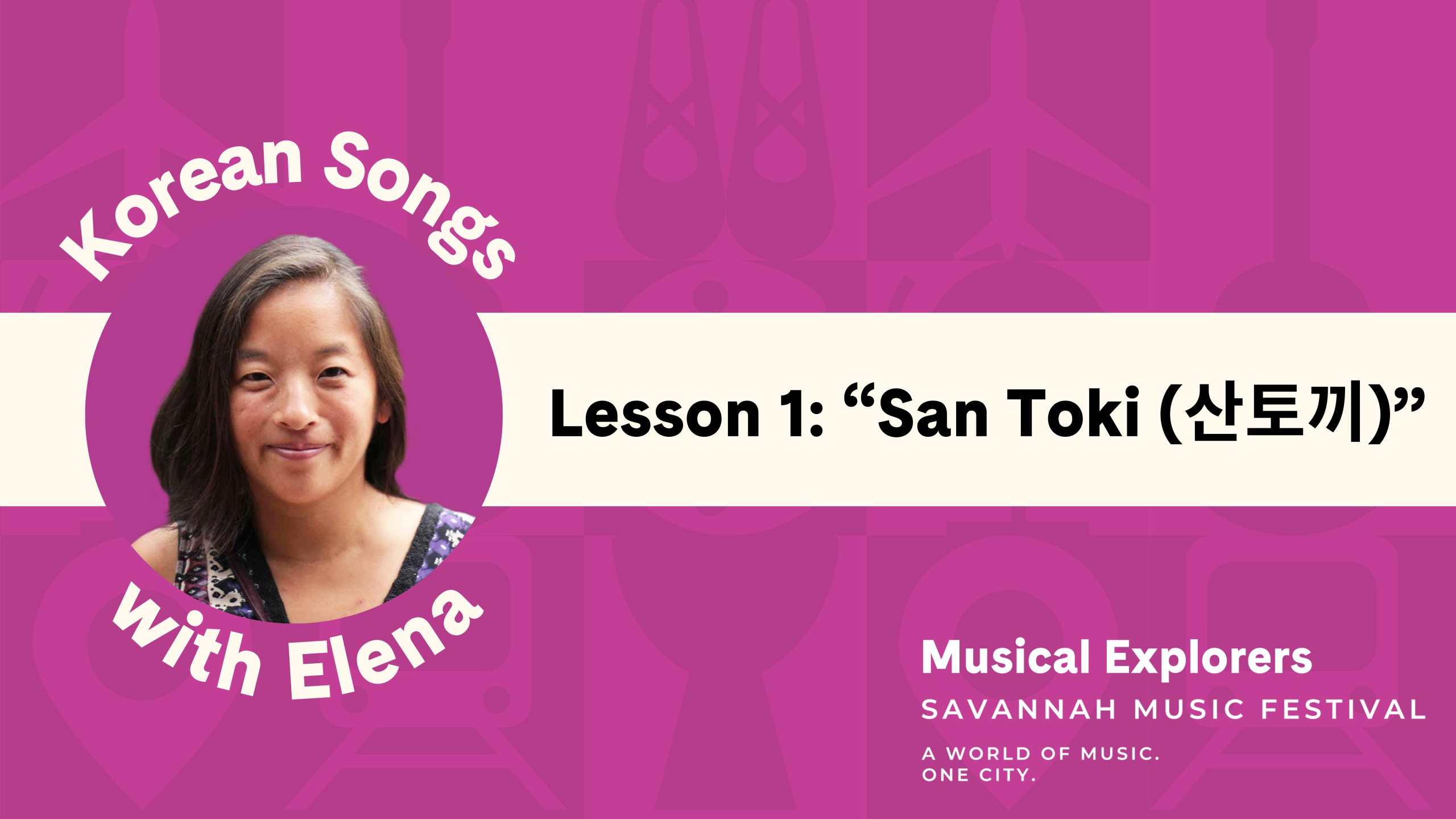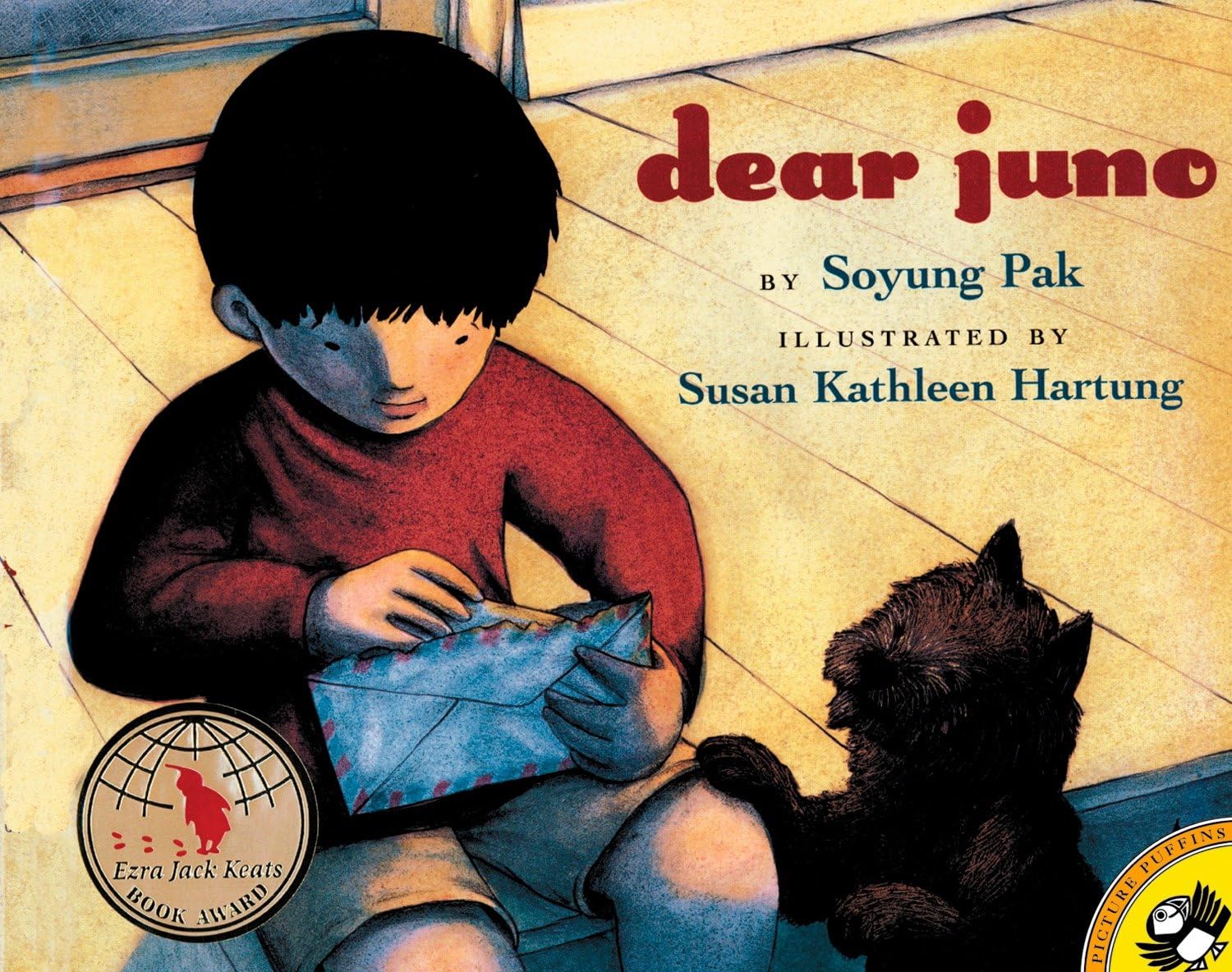Aim: Students will learn a bilingual song and explore how a song can be old and new at the same time.
Summary: Students will explore a traditional Korean folk song by singing, analyzing lyrics and moving.
Materials: Musical Explorers online resources
Standards: GA: ESGM2.PR.1, ESGM2.RE.1, ESGM2. CN.1, ESGM2.CN.2; SC: GM.PR.NL-AH.3, GM.RE.NL-AH.6, GM.RE.NL-AH.7, GM.CN.NL-AH.8, GM.CN.NL-AH.9
Vocabulary: bilingual, Hangul, inspiration, reimagine
“San Toki (산토끼)” is one of the first songs Elena learned to sing as a child and is said to be the most famous children’s song in all of Korea. The song is about a mountain rabbit going up a mountain while everyone asks “where are you going?” only to find out that the rabbit is going to collect some chestnuts. Its simplicity might be why it is so popular–everyone can sing along!
Explore “San Toki (산토끼)”
- Elena likes to reimagine songs from her early childhood. Discuss as a class:
- What is the first or earliest song you remember learning? Who taught it to you? Can you sing/teach the class what you remember? What is the song about?
- Many Korean folk songs are inspired by nature. To be inspired means to get an idea.
- Where do you get ideas or inspiration from?
- In Elena’s version of “San Toki,” she sings in both Korean and English–this song is performed in two languages. It is a bilingual song. The Korean lyrics are traditional, but Elena wrote the English lyrics herself.
- What languages do you speak? Are you or anyone you know bilingual?
- Listen to “San Toki,” Track 3.1.
- Put your hands on your head when you hear Elena sing in Korean and put your hands on your shoulders when you hear Elena sing in English.
Track 3.1 – “San Toki (산토끼)” Song
- Learn the Korean chorus of “San Toki” using pronunciation Track 3.2.
Track 3.2 – “San Toki (산토끼)” Chorus Pronunciation
- Guitar chords are available on elenamoonpark.com.
“San Toki (산토끼)”
[bilingual lyrics]
Chorus:
San toki, toki-ya
Uh-di-leul gah-neun-yah?
Kkang-choong, kkang-choong di-myun-suh
Uh-di-leul gah-neun-yah?
Everybody wonders where San Toki would go
Nobody’d know but her
But she’d come wandering back one day
And this is what, this is what the people’d say:
(chorus)
Toki toki, toki toki-ya,
Toki toki, toki-ya
She says she climbs the mountain peaks all on her own
To find some plump chestnuts
And bring, bring them home
San gogae gogae-leul
Na hon-ja nu-muh-suh
toshil toshil albameul
Ju-wuh-seo ool-tae-yah
Toki toki, toki toki-ya,
toki toki, toki toki-ya
Toki toki, toki toki-ya,
toki toki, toki-ya
(chorus)
Toki toki, toki toki-ya,
toki toki, toki-ya
(chorus)
“San Toki (산토끼)”
[translation]
Chorus:
Mountain rabbit, rabbit
Where are you going?
Bouncing, bouncing while you run
Where are you going?
Over the mountain peaks,
I climb them on my own
Plump chestnuts, chestnuts
I will find and bring
Discover Hangul
- Because Elena’s parents are Korean and Elena is American, she speaks and sings in two languages. Singing in two languages means Elena’s lyrics are bilingual.
- Hangul is the alphabet used most widely throughout Korea. Unlike the Latin alphabet (the “ABCs”) which has 26 letters, Hangul has 24.
- Display the original Hangul lyrics using SG 20. Then, have students practicing writing Hangul lettering.
- How is Hangul different/the same as the ABCs, our alphabet?
- Explore Hangul with Elena using the video resource below.
Dance to “San Toki”
- San toki toki ya: give yourself rabbit ears & do a rabbit dance with your ears.
- Uh-di-leul gah-neun-yah?: put your hand on your forehead like you’re shading your eyes to look out into the distance.
- Kkang-choong, kkang-choong di-myun-suh: make “paws” in front of you while you hop in place!
- Uh-di-leul gah-neun-yah?: walk in place while swinging your arms.
Literacy Link: Dear Juno
Author Soyung Pak was born in South Korea and grew up in New Jersey, bringing her personal experience of how young people balance multiple cultures and sometimes countries at once. In Dear Juno, Juno’s grandmother writes letters in Korean, while Juno responds in drawings. Although they speak different languages, Juno and his grandmother still find many ways to communicate. This story won the author an Ezra Jack Keats award, and is a great introduction to the concept of foreign cultures.
Creative Extension: Artwork Inspiration
Elena finds inspiration in many different places including nature, memories and stories she hears from friends and family. She is also inspired by the artwork of one of her friends, Kristiana Parn, whom she often partners with for her album artwork. You can view more of Kristiana’s artwork at kristianaparn.com. Draw your own “San Toki” rabbit using your own ideas or Kristiana Parn’s art inspiration with SG 21.

Musical Word Wall
Add bilingual, Hangul, inspiration, reimagine to the Musical Word Wall.
Student Guide(s)
SG 20 – Practice Writing Hangul
SG 21 – Draw Your Own San Toki Rabbit
Audio Tracks
Track 3.1 – “San Toki (산토끼)” Song
Track 3.2 – “San Toki (산토끼)” Chorus Pronunciation
← Previous: Unit 3 – Korean with Elena


